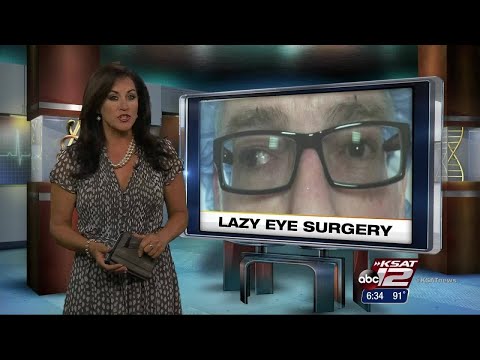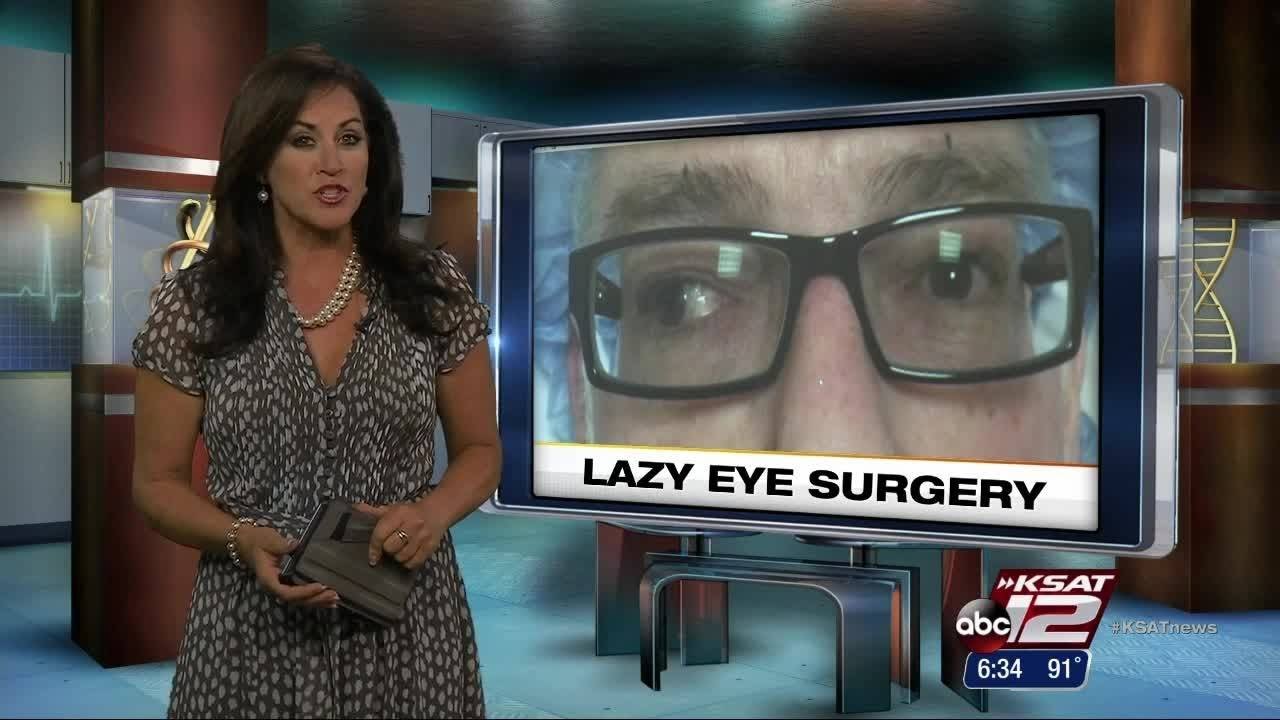Lazy eye in adults: Discover the surprising reasons behind the occurrence of this condition. Uncover the underlying causes that can lead to the development of a lazy eye in adults. While commonly associated with childhood, it is crucial to understand that this condition can affect individuals of all ages. Whether it stems from untreated childhood amblyopia, traumatic injuries, or even undiagnosed refractive errors, the complexities of this visual impairment in adults are intriguing. Explore the neurological factors that may contribute to this condition and the potential treatment options available. Delve into the fascinating research regarding brain plasticity and its role in adult lazy eye treatment. Gain insights into the ocular muscle imbalance and nerve pathway disruptions that can cause this condition. Stay informed about the latest medical advancements aimed at improving vision and quality of life for adults with a lazy eye. With so many intriguing aspects to consider, understanding the causes of a lazy eye in adults is crucial for effective management and treatment.

Causes of Lazy Eye in Adults
| Cause | Description |
|---|---|
| Amblyopia | Amblyopia, commonly referred to as a lazy eye, is caused by the brain favoring one eye over the other during visual development. This can occur due to conditions such as strabismus (misalignment of the eyes) or significant refractive errors. |
| Strabismus | Strabismus, or misaligned eyes, is a leading cause of lazy eye in adults. When the eyes are not properly aligned, the brain may suppress the input from one eye, leading to amblyopia. |
| Refractive Errors | Uncorrected refractive errors, such as nearsightedness, farsightedness, or astigmatism, can contribute to the development of a lazy eye. When one eye has significantly better vision than the other, the brain may favor the eye with clearer vision, neglecting the other eye and causing amblyopia. |
| Eye Injuries | Adults who have suffered from eye injuries, particularly those affecting the visual pathway or optic nerve, may develop a lazy eye. Damage to the eye can disrupt the normal visual input to the brain, leading to amblyopia. |
| Cataracts | Untreated or uncorrected cataracts can cause a lazy eye in adults. When the natural lens of the eye becomes cloudy, it can affect the clarity of vision in one eye, leading to amblyopia if not addressed promptly. |
| Neurological Conditions | Some neurological conditions, such as stroke, brain tumors, or multiple sclerosis, can affect the visual pathways and lead to a lazy eye. The brain’s ability to process visual information may be compromised, resulting in amblyopia. |
Title: “Reviving Adult Vision: Conquering Lazy Eye, No Time Limit!”
What Causes a Lazy Eye in Adults
A lazy eye, also known as amblyopia, is a condition that affects the vision in one eye, causing it to be weaker than the other. While it is commonly associated with children, lazy eye can also develop in adults. Understanding the causes of lazy eye in adults is crucial for early diagnosis and treatment. In this article, we will explore five compelling factors that contribute to the development of a lazy eye in adults.
1. Strabismus
One of the primary causes of lazy eye in adults is strabismus, which refers to the misalignment of the eyes. When the eyes do not work together and point in different directions, the brain receives conflicting images. To overcome this, the brain may begin to suppress the input from one eye, leading to its weakened vision. Strabismus can be caused by various factors, including muscle imbalances, nerve disorders, or trauma to the eye area.
2. Refractive Errors
Another common cause of lazy eye in adults is refractive errors, such as nearsightedness (myopia), farsightedness (hyperopia), or astigmatism. When one eye has significantly better vision than the other, the brain may begin to favor the stronger eye. Over time, the weaker eye may become suppressed, resulting in lazy eye. Treating refractive errors with glasses, contact lenses, or refractive surgery can help prevent or correct the development of a lazy eye.
3. Amblyopia
Amblyopia itself can be a cause of lazy eye in adults. When lazy eye develops during childhood and is left untreated, it can persist into adulthood. The brain, having adapted to the suppressed input from the weaker eye, continues to favor the stronger eye. This leads to a perpetuation of lazy eye even after the underlying cause has been resolved. Early intervention and treatment for amblyopia in childhood can greatly reduce the risk of persistent lazy eye in adulthood.
4. Eye Injuries or Diseases
Eye injuries or diseases can also contribute to the development of a lazy eye in adults. Trauma to the eye area, such as a blow to the head or face, can disrupt the normal functioning of the visual system. This disruption can result in a lazy eye if the brain starts to suppress the input from the affected eye. Additionally, certain eye diseases, such as cataracts or glaucoma, can lead to the development of lazy eye, especially if they are left untreated for an extended period.
5. Neurological Conditions
Lastly, certain neurological conditions can be associated with the development of a lazy eye in adults. Conditions that affect the visual pathways or the brain’s ability to process visual information can interfere with the normal functioning of the eyes. Neurological conditions like stroke, brain tumors, or multiple sclerosis can disrupt the communication between the eyes and the brain, leading to the suppression of one eye and the subsequent development of lazy eye.
In conclusion, while lazy eye is commonly thought of as a childhood condition, it can also develop in adults. The causes of lazy eye in adults include strabismus, refractive errors, amblyopia, eye injuries or diseases, and neurological conditions. Early diagnosis and treatment are essential for preventing or minimizing the impact of lazy eye in adults. If you suspect you or someone you know has a lazy eye, it is important to consult with an eye care professional for a comprehensive evaluation and appropriate treatment.

